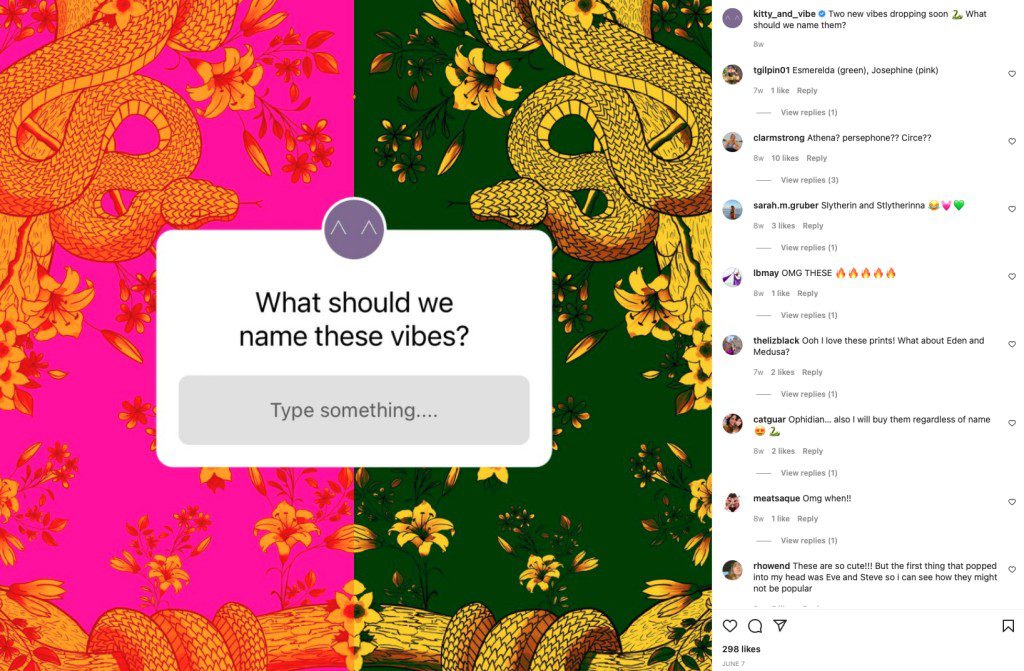What is Community Marketing?
Proponents of community marketing claim that it can fast-track your growth.
4 mins to read
It’s such an unassuming and straightforward term, but can you actually tell us what it means?
Let's start by breaking it down a bit more.
What is a Community?
By definition, a community must meet three criteria:
- It must be a group of people sharing a common interest.
- It must be a group of people who care about each other in addition to the subject of their interests.
- The group of people must feel they belong together due to having shared goals related to their common interests.
This description of a community may sound limiting, but it's actually a fairly broad definition, which you'll see in the next two examples.
Church-Led Charity Group
A church congregation is the very definition of a community as it's a group of people with a common interest who care about each other and work toward common goals. In the case of a church-led charity group, you're essentially looking at community inception, or a community within a community.
Online Forum
Members of an online fan-fiction community obviously share an interest; they're united by their love of a particular franchise or intellectual property. Moreover, they share the goal to tell better, more engaging stories set within the universe they love. Over time, the community is further fortified by their shared experiences, discussions, and history.
What is Community Marketing?
Community marketing is a form of marketing designed to leverage our fundamental human need for connection. This type of marketing is most typical of direct-to-consumer (D2C) brands that have less capital to spend on marketing than larger companies (which often also own and run other brands at the same time).
The idea behind community marketing is that you're tapping into a topic that your audience really cares about. However, it doesn’t necessarily have to be something that you, as the brand owner, care about. Rather, community marketing is when a company leverages recent events or a trending topic in hope of organically building a community around the brand, fed by non-brand interest and brand interest alike.

For example, Kitty & Vibe is a body-positive swimwear brand that often turns to its Instagram followers to have them vote on new designs. By getting the audience more involved in the brand’s product line, Kitty & Vibe is able to make customers really feel seen, heard, and valued.
Kitty & Vibe doesn't stop there though. The company supplements its democratic approach to future design with offline social events that give customers the social interaction and new friends they may be craving after years of isolation.
How Does a Brand Benefit?
If you were starting to feel like community marketing could be a lot of work, then you’d be right. But the benefits of community marketing are significant and, as such, difficult to ignore.
Savvier, Ethical Marketing
Community marketing, especially through social media, is easier and costs less than traditional advertising, which doesn’t work as well as it used to. Today’s customers voluntarily engage with and come to the business instead of the business, meaning businesses don’t need to seek them out quite as much through targeted marketing, which is becoming more difficult.
In other words, this new form of engaged marketing is at the foundation of how we’ll be doing marketing in the future.
Retention Through Dedication
Building a community builds long-term relationships that go much deeper than brand loyalty. When there’s a real relationship between the business and its consumers, the business becomes more of a lifestyle brand where customers’ opinions are informed at least partially by the group of friends and peers they built around it.
When buying from a company, the average consumer wants more than a product; that consumer is looking to affirm part of his or her identity. When a brand becomes part of a person’s identity—like whether people, households, or entire families prefer Coca-Cola over Pepsi—customers stick with the brands they love through thick and thin, even when there are better products available elsewhere.
With enough community loyalty, customers are willing to buy a product no matter what the brand might do or even if the brand declines… but, of course, brands can maintain passionate goodwill by delivering a quality product time and time again.
Engagement Drives Sales
If we could return to our previous example for a moment, Kitty & Vibe gives customers more power in the direction the brand takes than just voting with their wallets. They give customers a direct line to their planners, making customers feel they have more power to create the products they want.
This strategy makes customers feel seen and heard and makes them feel like they're helping to guide the brand. This has two notable benefits:
- Being recognized for their brand engagement by the actual brand will make the customers more likely to continue engaging with the brand.
- There's less risk associated with product launches since customers can tell the brand exactly what product(s) they're looking for.
Another example is Lego Ideas. Acting almost like a sub-brand of the world's largest toy company, Ideas leverages Lego’s reputation for inspiring creativity and design by soliciting the community's designs (read: user-generated content) that members of the community can vote on. If someone's passion project—termed MOCs, or “my own creations''—receives enough support, then Lego will likely end up manufacturing and selling the set as an official product.
Not Sure How to Build a Community? Alan + Company Can Help
Building a community that’s genuine and fueled by passion is not an easy task. Fortunately, Alan + Co is an internet-savvy boutique marketing agency that knows online community culture like the back of our hands.
We’ll help you build a custom marketing strategy with which to build a quality community of dedicated and engaged customers who will stick with your business for years to come.
Discussion